In the previous article, we explored the significance of keywords and phrases that we commonly enter into search bars when conducting online searches.
We discussed the creation of relevant content, the influence of organic traffic on website rankings, and much more.
Building upon that knowledge, today we will delve into the realm of Semantic SEO.
We will uncover what Semantic SEO entails, how semantic search functions, and why it holds such crucial importance in improving your website's rankings and driving better conversions.
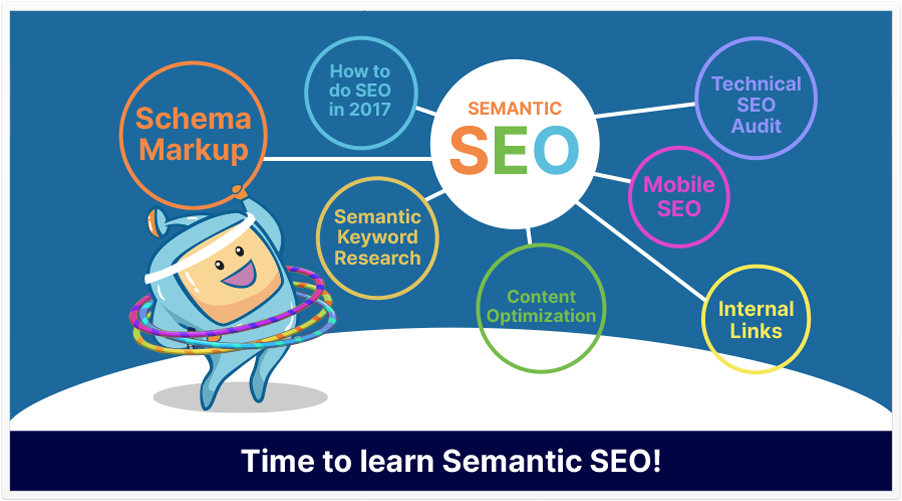
Here is what you will read in this article:
Semantic SEO is a type of technical SEO that focuses on determining search intent and responding to any user queries may have.
Semantic search engine optimization entails optimizing material for entities and subjects as a whole.
A page about entities provides information on those entities' properties (entity recognition), such as facts that describe them and IDs that can be used to learn more about them.
The following elements can be found on a Semantic search engine results page:
The "People also ask" questions that may be similar to the featured snippet replies, entities that are related and more.
Are you still confused why we are discussing this stuff?
Well then read this piece of content further to better understand semantic relevance and how this works.

Search Intent is influenced by various factors, such as the user's location and past activities.
This customization of search results establishes connections between the words in a query, ensuring a relevant experience for the user.
Semantic search plays a vital role in this process by adding an extra layer to search engine algorithms.
It analyzes information to understand the context and meaning of the content.
To accomplish this, search engines like Google undergo five distinct phases to interpret the material semantically:
Yes!
Google employs semantic approaches in order to improve its search formula and increase customer satisfaction.
To give the best SERP results and improve the user experience, Google employs artificial intelligence (AI) and machine learning.
They're also necessary for an effective semantic search. As a result, Google's algorithms are updated on a regular basis.
There are three semantic search upgrades from Google:
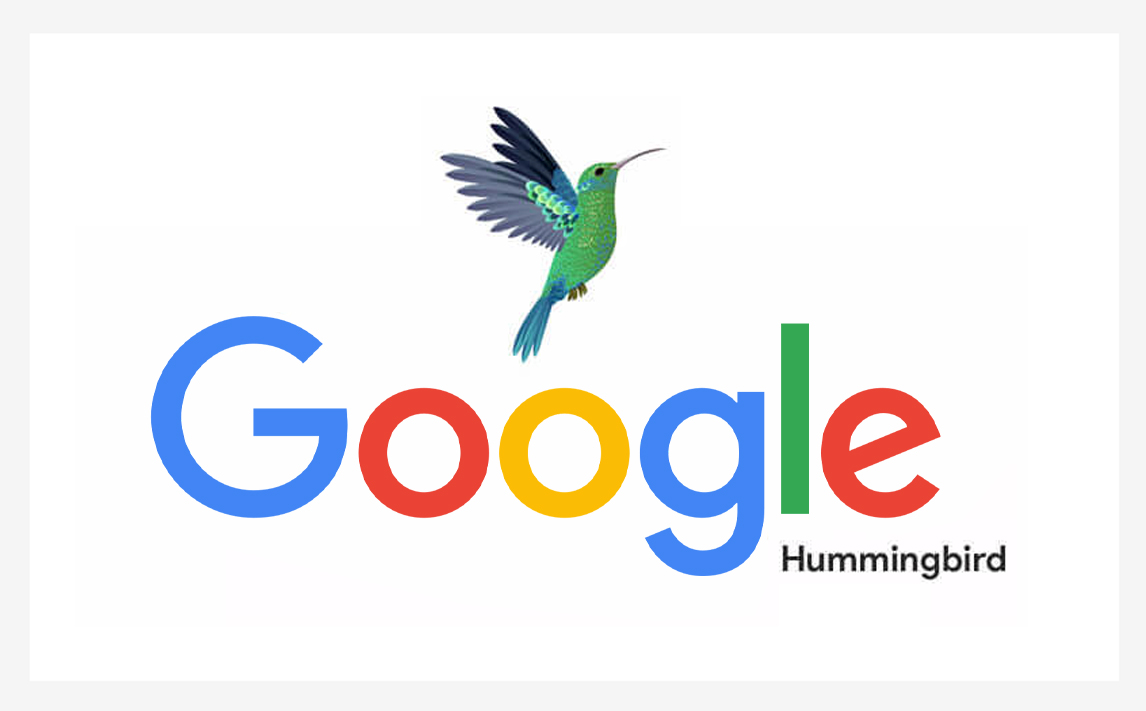
Interprets the meaning of distinct terms in a query to comprehend the context and returns results that are relevant to the searcher's intent.
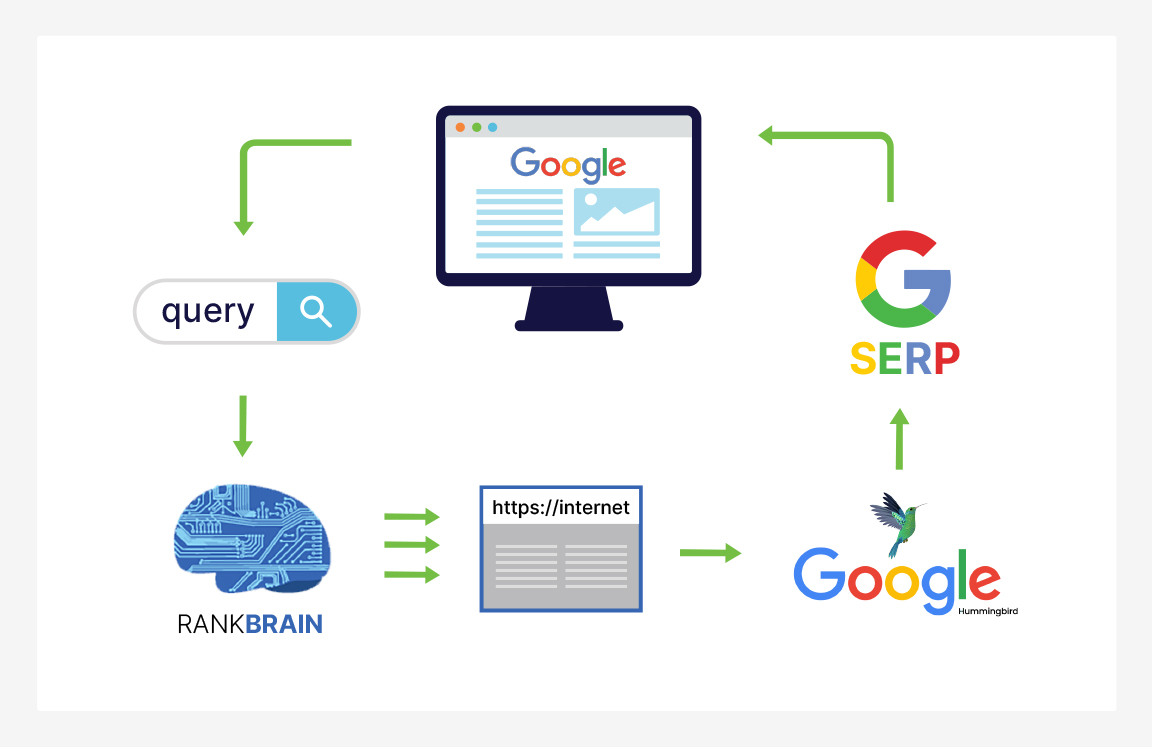
A machine learning system that recognizes the meaning of searches and returns relevant search results.
It's a component of the Hummingbird algorithm that also serves as a ranking element.
Makes use of natural language processing (NLP) technology to better understand search queries, parse text, and find relationships between words, phrases, other entities in human language and perception.
All of these changes are intended to improve the computer's comprehension of the context surrounding search requests.
It's a machine that analyzes words and intents in great detail.
Google takes the bounce rate and time spent on the website into account when determining the best search results.
It has an impact on the SERP page ranking.

Just like any other things and terms related to SEO, digital marketers need to better understand its importance and why we are talking about it, especially if it involves your content strategy.
If you want to create pieces of content, Semantic SEO helps you in a larger purpose.
Pages that employ this SEO method typically rank higher in search results and provide consumers with more in-depth material.
Google aims to present consumers with the most useful and valuable content possible, and using semantic SEO increases the likelihood that your content will be recognized as such.
Considering Google's E-A-T principles also aids in the creation of high-quality content.
While semantic content optimization is indeed a powerful SEO strategy, it's crucial to remember that the ultimate objective is to create content that is optimized for users, not just search engines.
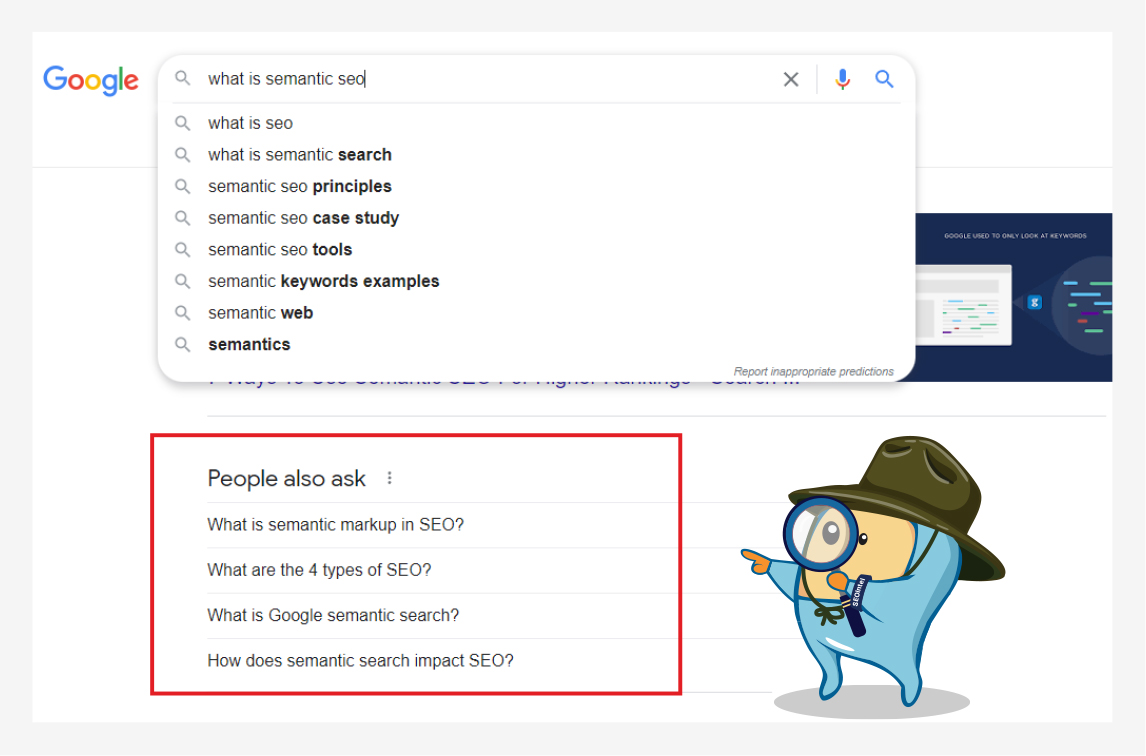
Because semantic SEO is built on broader subject research, the key to this on-page SEO technique is mixing several, semantically relevant keywords around your target topic.
Semantic keyword grouping allows you to expand the number of keywords for which your page can rank.
It also means you'll have a better chance of getting more organic visitors.
However, do not mix this strategy with keyword stuffing, which might harm your SEO performance.
Avoid a semantic chasm by naturally using keywords that are relevant to the context of your page.
Google and other search engines already rate pages for several keywords.
Google can readily find subject synonyms and related terms in your page since it employs semantic analysis.
You should include semantic keywords in your title, headings, meta description, and body as long as they fit in your content and don't interfere with readability.
In the past, SEO involved selecting a keyword, incorporating it into various elements of your content, and striving to rank for it.
However, with the advancement of semantic search, this approach has become more challenging, especially for website owners.
Instead of focusing on gathering a large number of keywords, the key is to concentrate on the topics and keywords that are relevant to your content.
This means expanding on these topics and providing comprehensive information.
It's also essential to consider appropriate internal linking opportunities and structure your content effectively.
These factors contribute to the overall optimization of your website.
While you may not have control over the queries entered into search engines or how algorithms rank your content, you do have control over what information is presented to search engine algorithms.
By ensuring that your website provides the best data available and understanding the principles of semantics, you can greatly impact your rankings.
To effectively implement semantic SEO, you can break down your efforts into two steps: Content generation and Optimization
By creating high-quality, comprehensive content and optimizing it based on semantic principles, you can improve your website's visibility and rankings in search engine results.
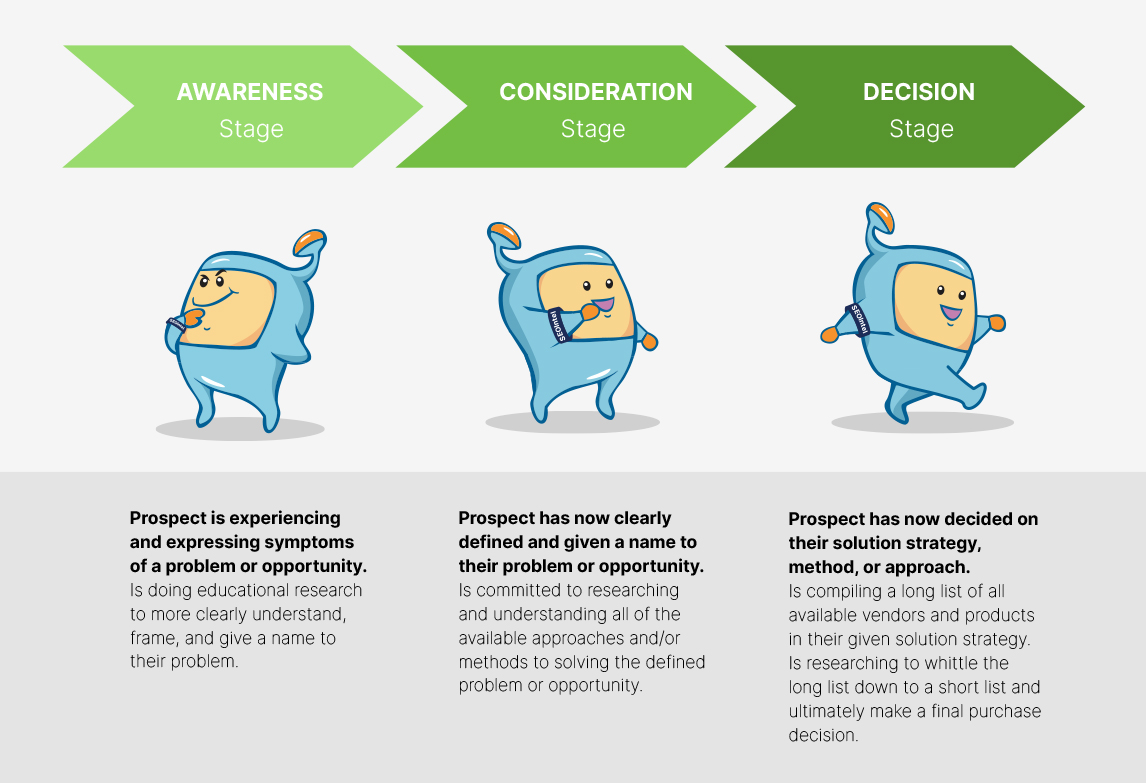
The first stage will consist of selecting a topic based on the user's purpose, compiling a list of relevant keywords, and putting together the content structure.
The following is your action plan for the content production stage:
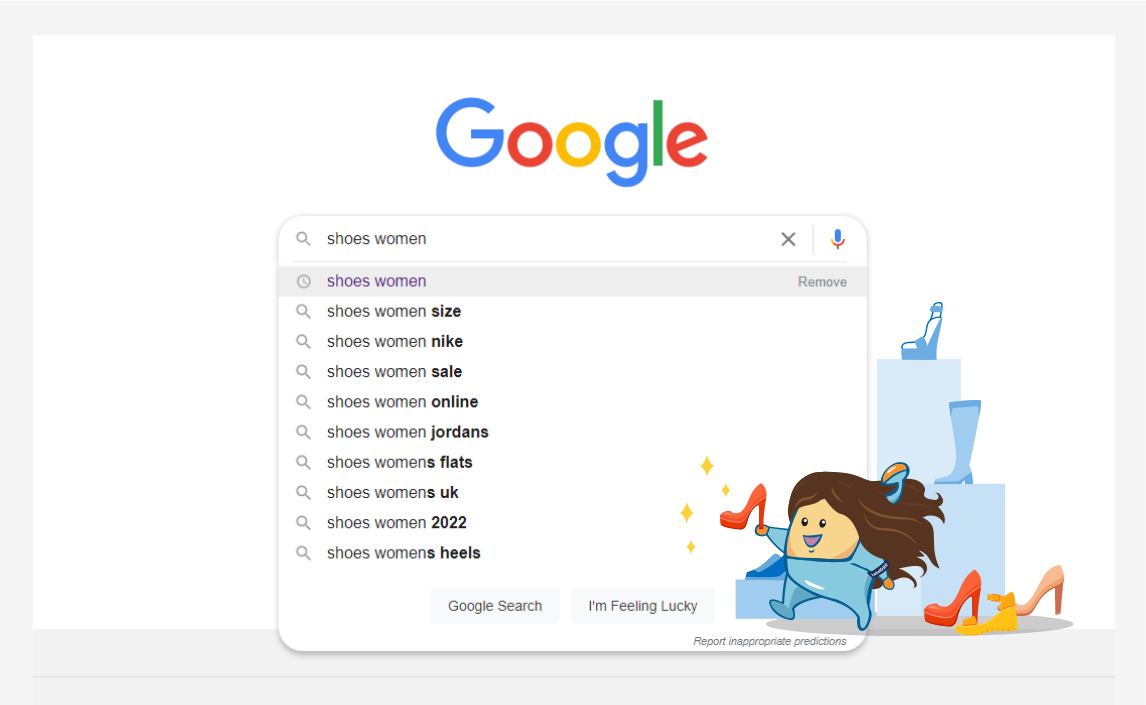
You might have heard of this free tool to get a list of keywords that you can use for your content multiple times but this is gold!
To begin, consider the keywords you wish to rank for on Google.
Let’s say you own a shoes shop, obviously you would want to rank your content for commercial keywords like “shoes shop” or “shoes store”, but don’t forget informational keywords like “tips on buying shoes” or “how to spot fake shoes”.
Here's how to find all of the most frequently asked questions.
Remember to include long-tail keywords in your list.
These are frequently well-thought-out inquiries expressed as questions or sentences.
Consult the "People also ask" area and type those inquiries into Google to see what autocomplete results you'll get.
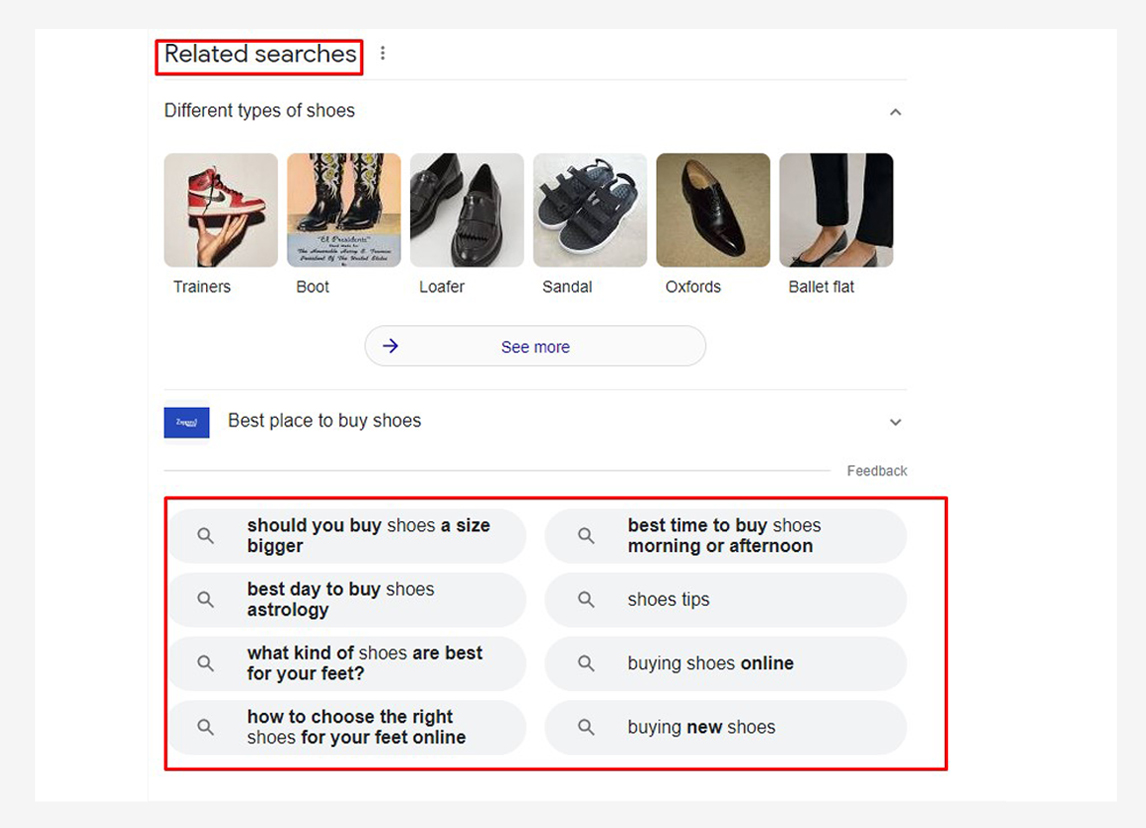
Alternatively, browse to the bottom of Google page one to get a list of related search queries that can help you come up with long-tail keyword suggestions.
Synonyms and LSI keywords can also be found using Google Search.
Although they are sometimes misunderstood, not all related search phrases are synonyms.
With the autocomplete option or the related searches at the bottom of the SERP, you can locate some synonyms and LSI terms.
You can go on and on this way to gather all the queries Google has to offer.
And maybe looking at these keywords will help you come up with some more ideas of related queries of your own.
While using Google is an old-school way of collecting semantic data, you can also speed things up and get better results with specialized semantic SEO software.
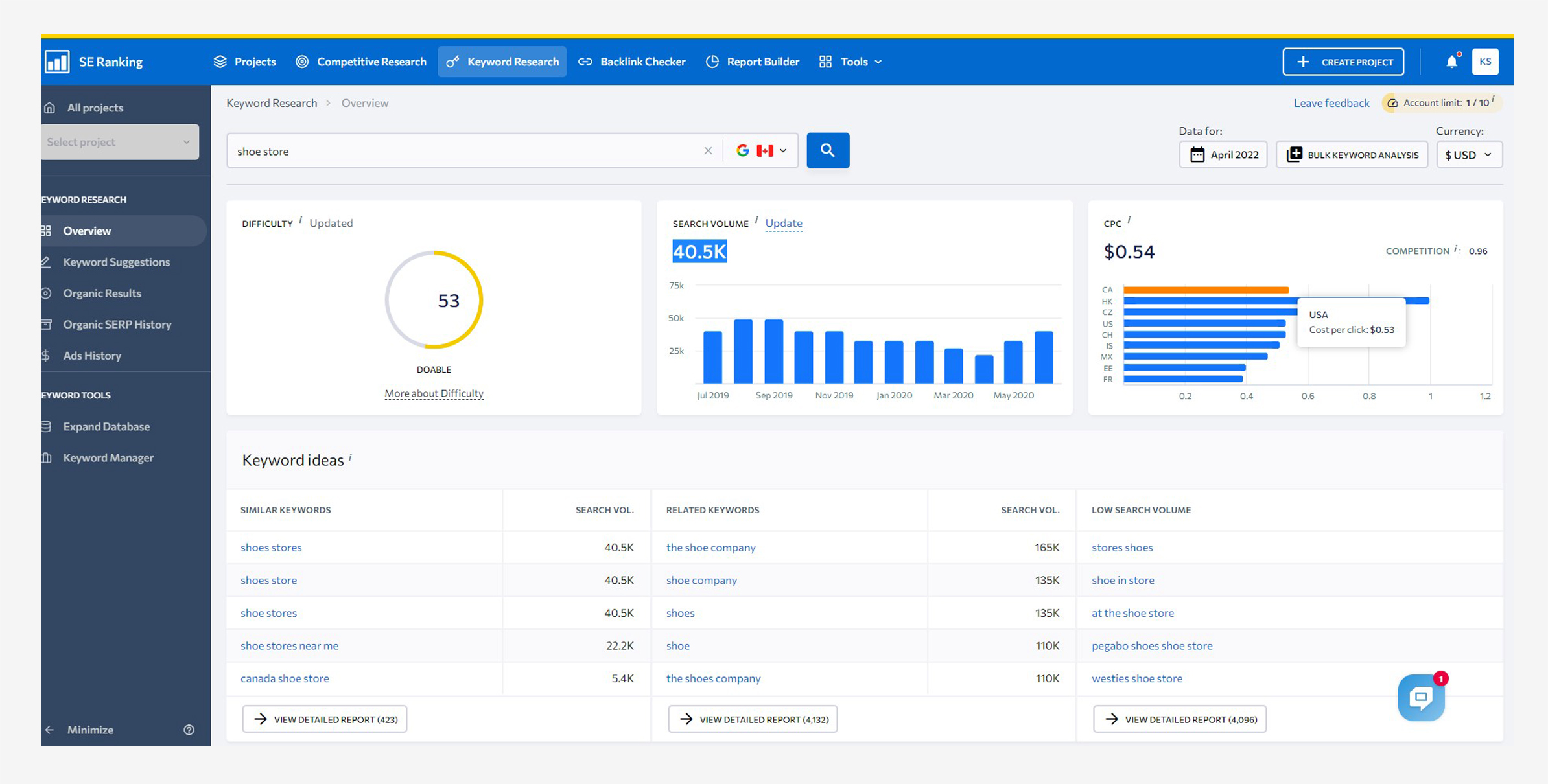
The Keyword Suggestion Tool from SE Ranking has a massive database that goes beyond search engine suggestions.
It has over 2 billion distinct search queries, allowing you to create thousands of keyword ideas in just one click.
You can see a variety of information for each phrase, including the term's Google search volume—the number of monthly searches the keyword receives.
Shoes store, for example, receive 40.5k monthly searches.
You can use filters to exclude keywords that you don't want to deal with.
You can, for example, filter out keywords with a very high search volume, which are usually too broad and competitive.
Check out the Related and Long-tail Keywords pages for even more ideas.
Unlike the Similar keywords tab, which only shows search terms that contain your seed keyword, the Related keywords tab shows all types of semantically related searches.
Finally, SE Ranking makes it simple to get keyword suggestions from your competition.
You don't even have to choose which competitor to investigate—the Competitor Research tool will discover your top SEO competitors and generate a list of keywords that they rank for while you don't.
You'll be able to uncover some less-obvious issues relevant to your business specialty this way.
After you've gathered keywords from all possible sources and organized them in a spreadsheet, you'll need to delete any duplicates before moving on to keyword clustering.
Examine your list and consider how you may organize terms into different categories.
To score well, your content must fulfill readers' intent, not just stuff it with the proper keywords.
The trick is to consider the topic rather than the keywords.
And it's up to you to interpret these keywords correctly in order to best meet the needs of your clients.
The next stage is to fine-tune your SEO semantic writing by using structured data, internal linking, anchor text, and other techniques to optimize the content.
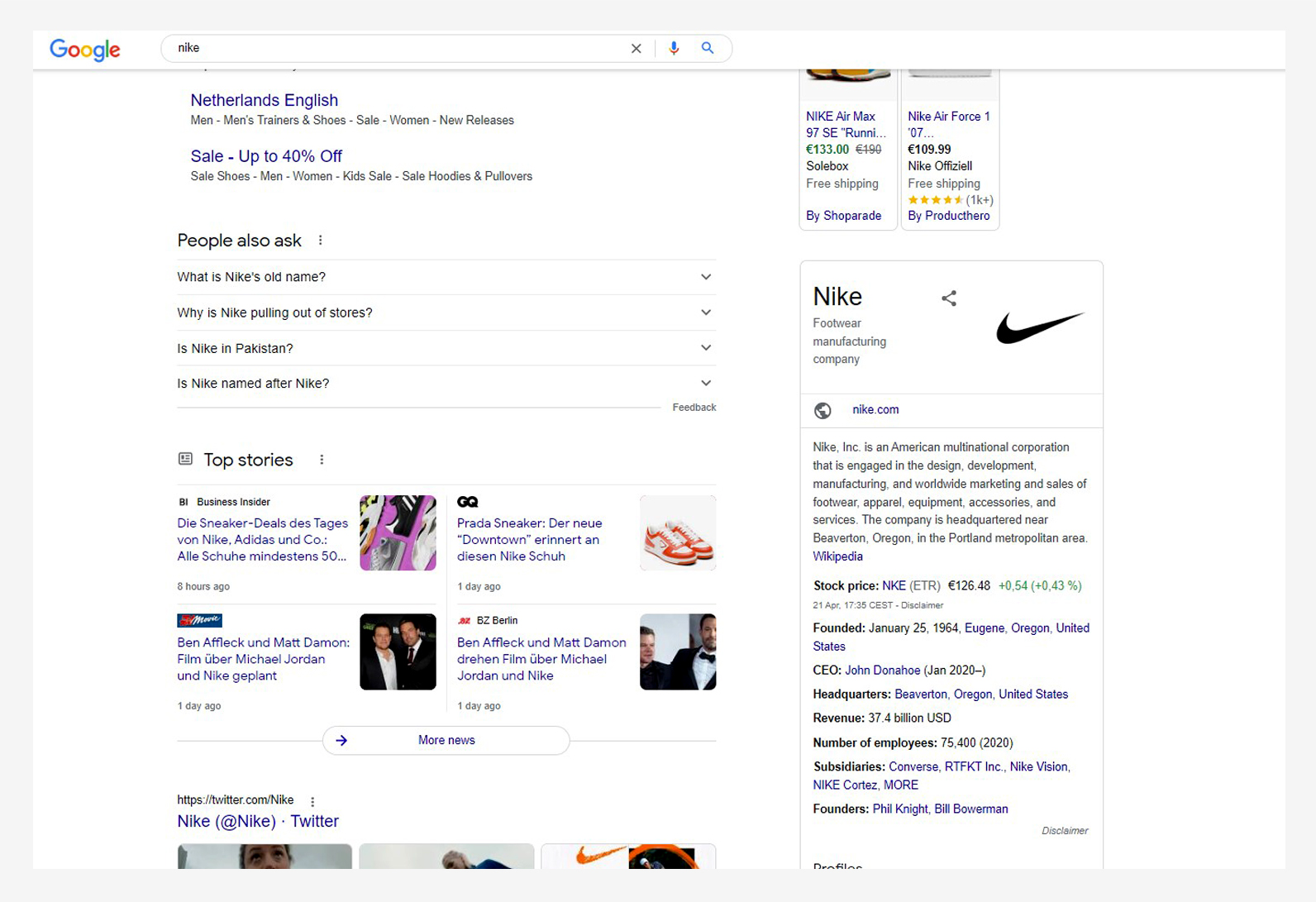
Use structured data—a format for classifying the content on a page—to help Google better understand your content.
Structured data is a language that tells search engines how to present content in an appealing way.
Check Nike's website.
Google's Knowledge Graph provides broad information about their company, such as when it was created, who the founder is, the customer care hotline, subsidiaries, and so on.
Users can view the most recent news immediately in the search results since the structured data identifies certain aspects of the target keyword or query.
Your content will appear in the proper spot in search if you have a well-thought-out internal link structure.
Three elements make up the structure:
By connecting pages together, you not only make it easier for people to traverse your site, but you also make it easier for Google to crawl it and find new pages.
For the query "sneakers for kids," a company selling sneakers, for example, can have a general "sneakers" page that displays higher in search results than a "kids sneakers" page.
This appears to be irrational.
If the main category, on the other hand, links to the "kids sneakers" page, Google may be able to favor the subcategory page for the given query.
Make sure your page has topical anchor texts when setting up internal linking.
An anchor text appears in the HTML code of a page as follows:
Let's say your page has a lot of bike-related anchor text.
Then Google will use it to determine whether your content is relevant.
There are a few things to keep in mind whether you're using external or internal anchor text:
It's all about relevancy and value when it comes to creating content and optimizing it for search.
Even if your page has a high authority, if the content isn't relevant to your topic, it won't rank.
According to the fundamentals of semantic SEO, you must adapt your sites for natural language search, answer as many queries as possible, and optimize your content so that Google can interpret it correctly.